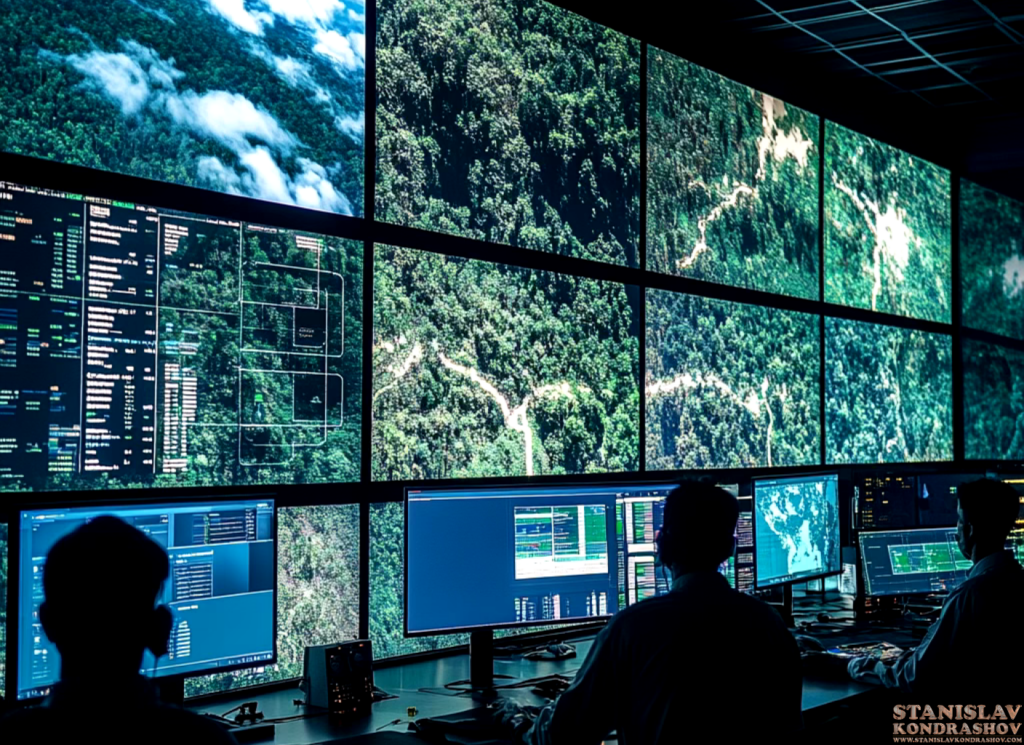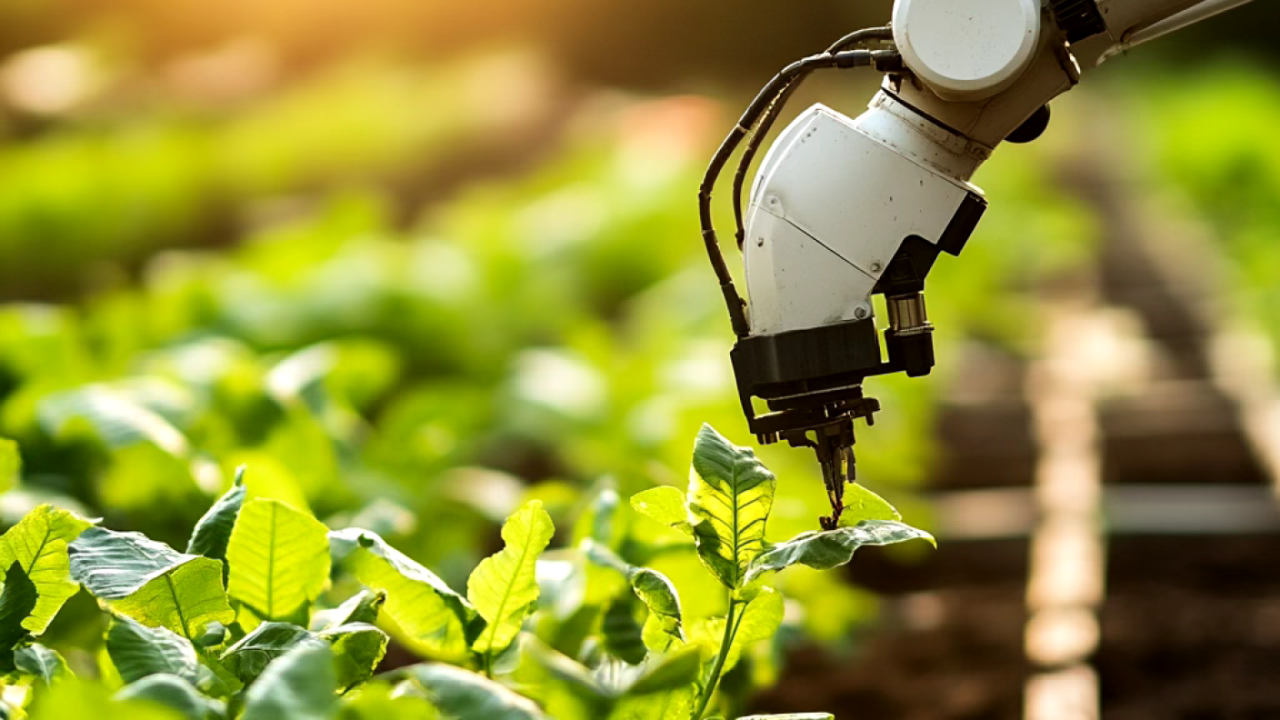As the world grapples with the escalating impacts of climate change, artificial intelligence (AI) is emerging as a powerful ally in the fight to mitigate its effects. From optimizing energy consumption to predicting environmental changes and enhancing sustainable practices, AI is transforming the way we approach climate action. This technology is not only helping us better understand the complexities of climate change but also enabling more effective solutions that can be implemented at scale.

Optimizing Energy Use
One of the most significant ways AI contributes to climate change mitigation is by optimizing energy use. AI algorithms can analyze vast amounts of data from various sources, such as weather patterns, energy consumption trends, and grid efficiency, to predict energy demand more accurately. This enables energy providers to optimize the distribution of electricity, reduce waste, and integrate renewable energy sources more effectively.
For instance, AI can predict when and where energy demand will be highest, allowing utilities to adjust the supply accordingly. This minimizes the need for fossil fuel-based power plants to ramp up production, thereby reducing greenhouse gas emissions. Additionally, AI-driven smart grids can respond in real-time to fluctuations in energy production from renewable sources like solar and wind, ensuring that energy is used efficiently and sustainably.

Predicting Environmental Changes
AI’s ability to process and analyze large datasets is invaluable in predicting environmental changes and assessing their impact. Machine learning models can identify patterns in climate data, helping scientists and policymakers forecast extreme weather events, track deforestation, and monitor the health of ecosystems. These insights are crucial for developing strategies to protect vulnerable communities and natural habitats.
For example, AI can predict the occurrence of natural disasters such as hurricanes, floods, and droughts with greater accuracy, giving governments and communities more time to prepare and mitigate damage. By providing early warnings, AI can save lives and reduce the economic impact of these events. Furthermore, AI can monitor and analyze data from satellites and drones to track changes in land use, forest cover, and biodiversity, helping to preserve ecosystems and combat deforestation.
Enhancing Sustainable Practices
AI is also playing a critical role in enhancing sustainable practices across various industries. In agriculture, AI-powered systems can optimize irrigation, reduce pesticide use, and improve crop yields, leading to more sustainable farming practices. In transportation, AI can optimize logistics and routing to reduce fuel consumption and emissions, while in manufacturing, AI can streamline processes to minimize waste and energy use.
Moreover, AI is helping companies measure and reduce their carbon footprints by providing detailed analytics on their operations. These insights enable businesses to identify inefficiencies, implement greener practices, and track progress toward sustainability goals. By facilitating more sustainable practices, AI is not only helping to mitigate climate change but also driving the transition to a low-carbon economy.

The Future of AI in Climate Action
The potential of AI in climate change mitigation is vast, and as technology continues to advance, its role will only become more significant. AI’s ability to process and interpret complex data sets, optimize systems, and predict outcomes makes it an essential tool in the global effort to combat climate change. However, the successful integration of AI into climate strategies requires collaboration between governments, businesses, and the tech community to ensure that AI is used ethically and effectively.
AI is proving to be a game-changer in the fight against climate change. Its applications are helping to reduce emissions, protect ecosystems, and promote sustainable practices. As we continue to harness the power of AI, we move closer to a future where technology and environmental stewardship go hand in hand.
By Stanislav Kondrashov



